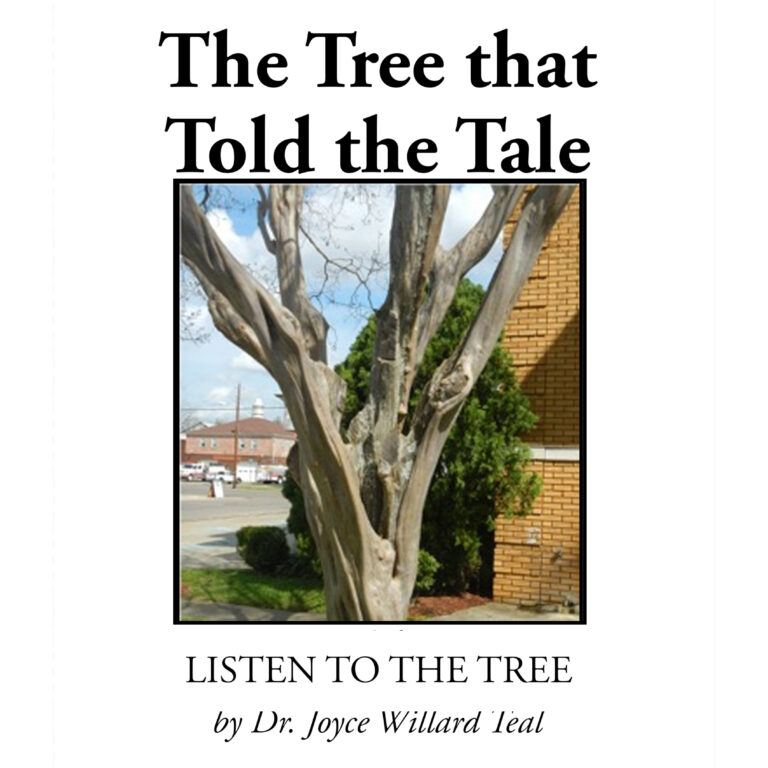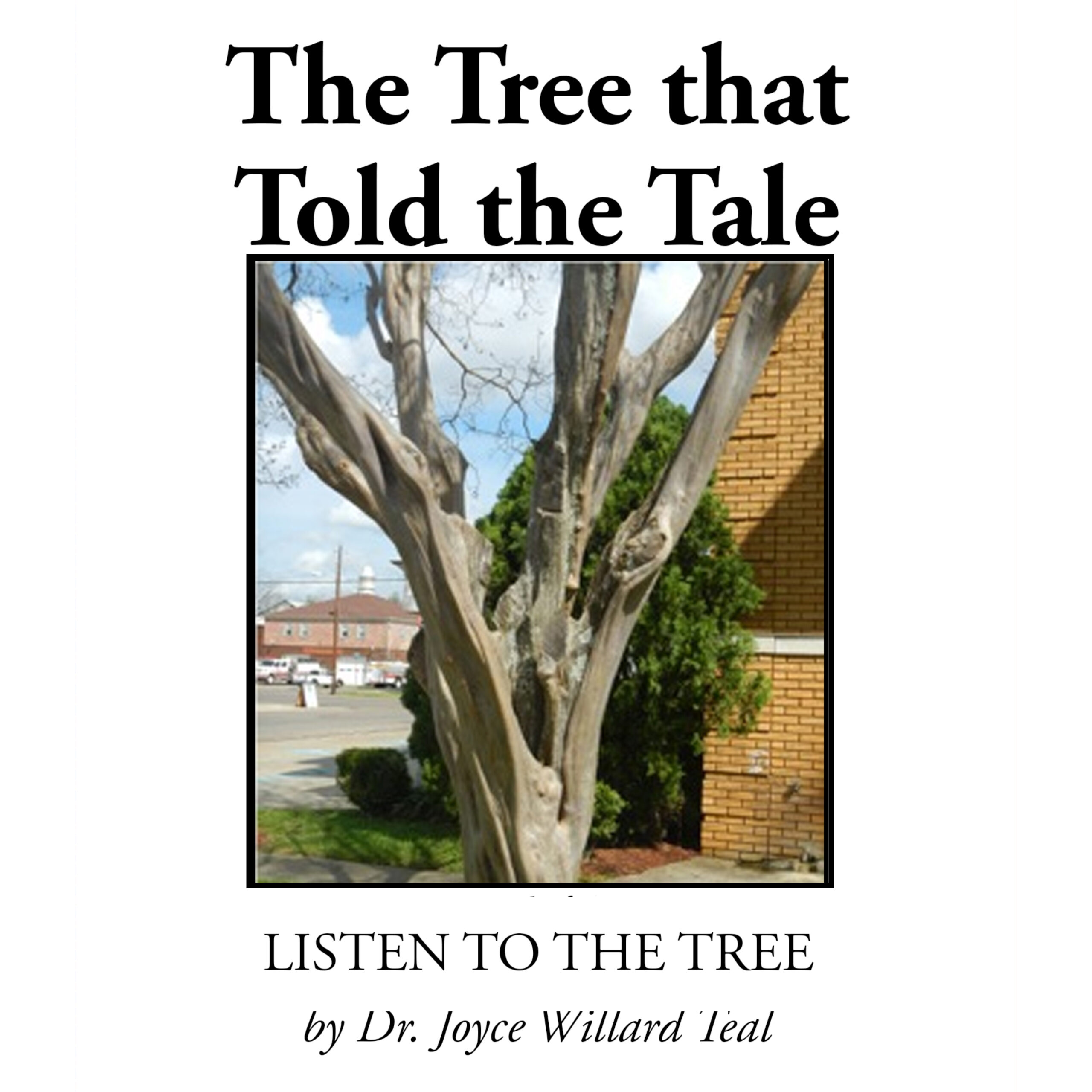On Sunday, September 15, 1963, a bomb exploded outside the 16th Street Baptist Church in Birmingham, Alabama, as young worshipers were congregating in preparation for a youth event. Four people were killed, and many more were injured. The incident was one of countless acts of violence perpetrated against African American communities when the Civil Rights movement was at its height, and the sorrow felt by Birmingham’s Black community was compounded by the fact that, although the four perpetrators of the violence – Ku Klux Klan members – were identified shortly afterward, no charges were successfully brought against them for many years.
It is that lingering injustice that forms the raison d’être for Joyce Willard Teal’s children’s book, THE TREE THAT TOLD THE TALE. Dr. Teal employs the device of a tree standing outside the church to illustrate the importance of continuing to bear witness to such events as they recede into the past. Dr. Teal gives the tree and its various parts – the branches, the limbs, the rings – names, and makes of them all bystanders to the bombing and the years of soul-searching that followed. At the book’s heart are two vital lessons: that one is responsible for one’s own actions, and no-one else; and that justice is served in the end.
The book is quite short (less than 30 pages) and well written, but there is a seeming contradiction in the presentation. It is aimed at younger readers (it contains a glossary), but the exact age range for which it is intended is not quite clear from the format. The alliterative names for the tree and its parts will resonate a great deal less for older children than for younger ones, and thus seem to indicate that the book was written to speak to a slightly younger target audience, yet the relative lack of illustrations works against this somewhat. The book’s central theme might have been more effectively conveyed had young readers been shown, perhaps in watercolors or a set of tasteful cartoons, the tree and its various anthropomorphized parts witnessing the decades-long aftermath as it unfolded.
None of this is to deny the importance of the story THE TREE THAT TOLD THE TALE relates. Given today’s highly polarized politics, the transience of memory, and the all too frequent regularity with which crimes go unpunished, the need to recognize and remember what it means to be called to account, even if the process takes decades, is more pressing than ever. As Martin Luther King once said, the arc of the moral universe is long, but it bends towards justice.
Dr. Joyce Willard Teal’s THE TREE THAT TOLD THE TALE relates a story of tragedy and sorrow–and the fight for justice that followed it–for young readers in a tactful and gentle way.
~Craig Jones for IndieReader


